It seems like a crazy and mythical theory, but scientists are now examining an organism – possibly the first example of the effect they propose with the name “Scandals“.
Scandals (short for ) “Speciated by CANcer Development animALS“) means species that differentiate from the development of cancer. This hypothesis suggests that cancer cells in the future will not be just normal mutant cells.
With their aggressive and intense spread, cancer will find an evolutionary way to not be killed when the patient dies. Instead, it will find a way to survive, with a metastatic leap beyond the patient’s body.
The cancer can then evolve into a separate multicellular organism. From here, it will have the ability to roam between hosts, not just within one species but between different species.

The Scandals hypothesis was presented by scientist Alexander Panchin and his colleagues at the Russian Academy of Sciences in a new paper in the journal Biology Direct.
According to Panchin forecast, Scandals will happen according to a scenario of 3 steps. In step one, cancer will start as a disease and progress to becoming a contagious disease. The goal is to keep it from being killed after the first host dies.
This is what we have seen with Devil’s Face Tumor (DFTD), which infects the Tasmanian devil. These cancer cells can be passed from one individual to another within the same Tasmanian species through their bites.
In addition, a research team led by geneticist Elizabeth Murchison at the University of Cambridge recently discovered venereal tumors in dogs (CTVT). This is a form of cancer that can be sexually transmitted.
Murchison says venereal cancerous tumors in dogs have even been transmitted as far back as 8,500 years. In a 2014 paper, Murchison and her co-authors described CTVT as “oldest and most widespread cancer in the natural world“.
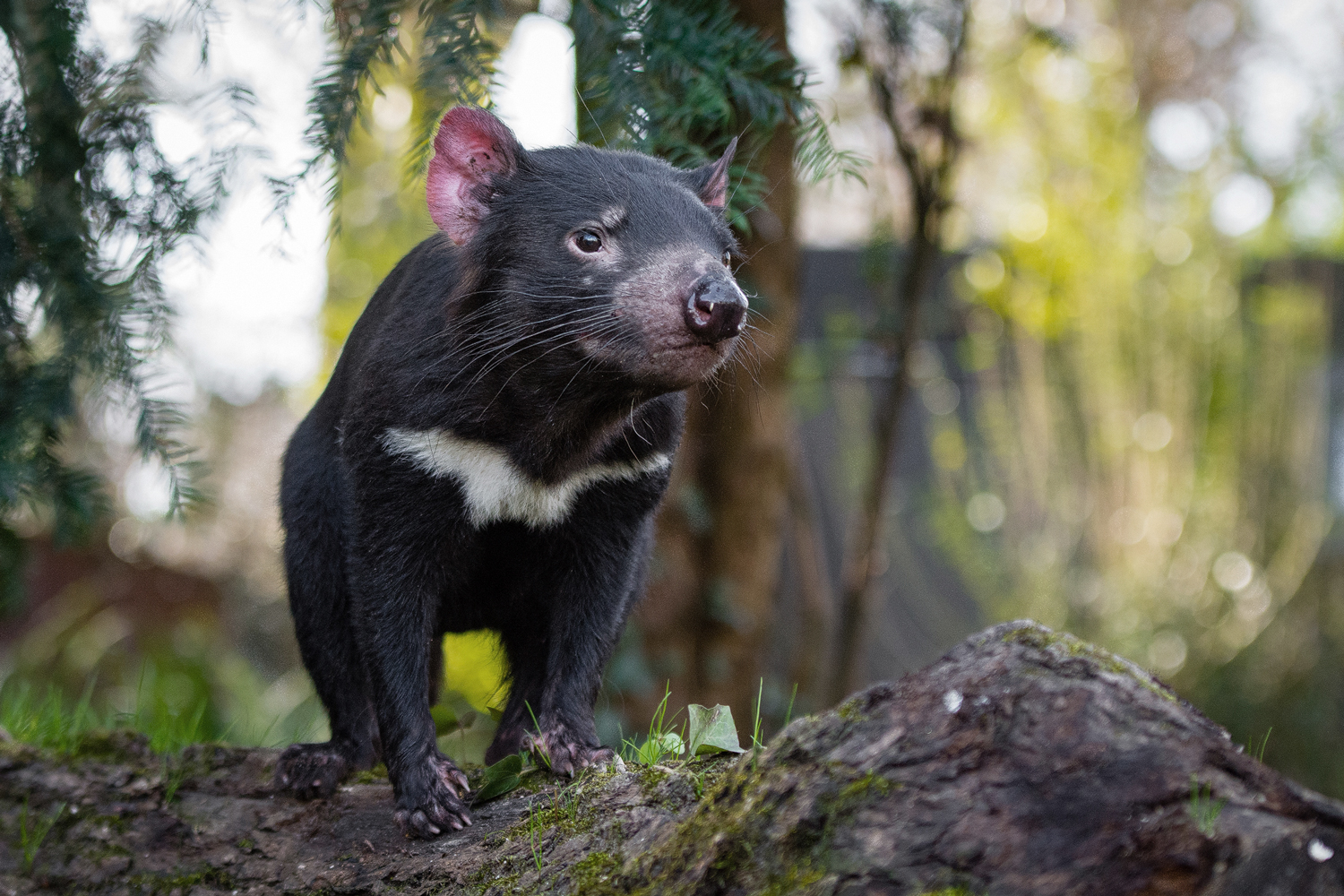

Tasmanian devils and dogs are two species that can contract infectious forms of cancer.
In the second step, the cancer will metastasize from species to species. Athena Aktipis, an associate professor at Arizona State University, said: “Although the spread of cancer between different species seems unlikely, “not unprecedented”.
Aktipis has been studying the evolution of cancer for many years. She gave the example of a patient infected with HIV who was later infected with tapeworms that had cancer. The tumor then spread from the tapeworm to the patient.
Cases of cancer from worms have been reported repeatedly in people with compromised immune systems. And Aktipis suspects what we know is perhaps just the tip of the iceberg.
According to her, cancer if met with the right conditions can become a parasitic form. Like CTVT and DFTD, for example, they must “is a parasite, a type of parasitic organism“, Aktipis said.
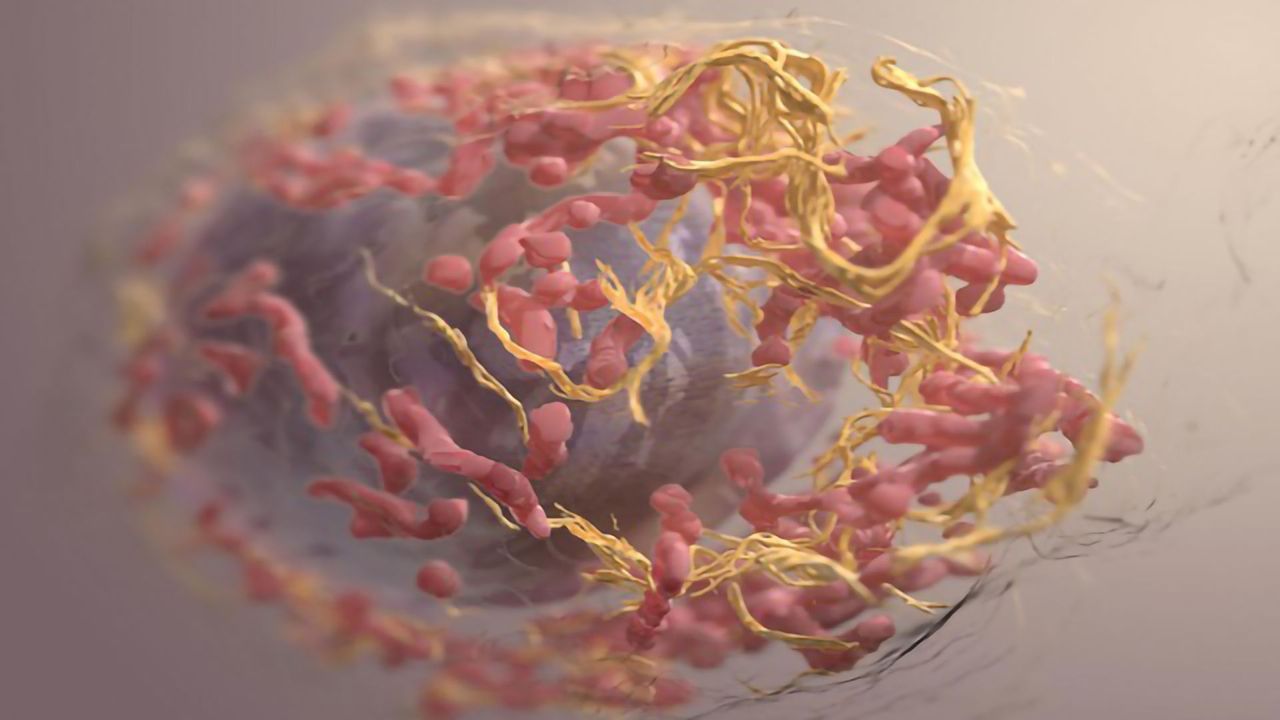
The third step in Panchin and colleagues’ Scandals hypothesis, which is also the most unlikely and for which we have no evidence yet, is that cancer will evolve into an organism, first unicellular, then progress to multicellular.
“We understand that this is a very unlikely scenario“, says Panchin. That’s because to become a multicellular organism, a tumor would have to evolve to have distinct cell types. But just because it’s unlikely doesn’t mean it can’t happen.
“I think it’s certainly possible that clusters of transmissible cancer cells could evolve“, Aktipis said.
To find evidence for the existence of a multicellular organism that once evolved from cancerous tumors, Panchin is looking at a marine parasite called Myxosporeans.
Myxosporeans are a mysterious parasite that infects everything from fish to worms. It was once considered a protozoan, that is, neither a plant, nor an animal nor a fungus.
However, in 1995, Mark Siddall, a scientist from the Virginia Institute of Marine Science, and his colleagues argued that Myxosporeans are exotic members of the cnidarians, a group that includes jellyfish and corals shout. Since then, genetic studies have cemented its place on the evolutionary tree.
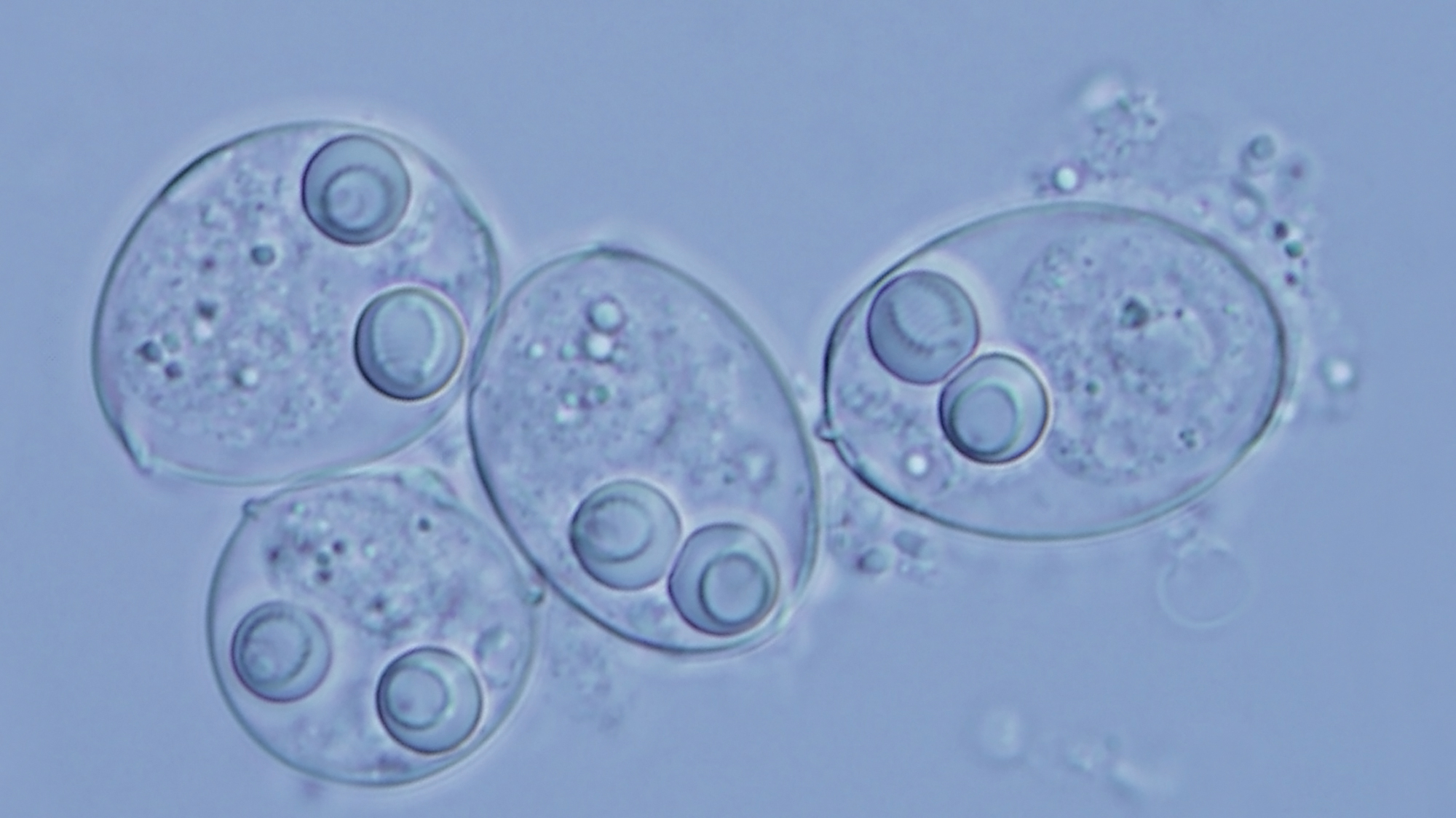
Myxosporeans are a peculiar multicellular species, with a very small genome and a lack of many important genes that support multicellular life.
But even if Myxosporeans were considered a cnidarian, its genome is tiny, measuring only 22.5 megabases, one-twentieth the size of a closely related cnidarian.
Furthermore, Myxosporeans are missing several genes thought to be essential for multicellular life. So Panchin thinks it’s possible this is a species that evolved from a single-celled form, and there are further indications that its starting point could be a cancerous tumor.
First, infectious cancers are not limited to mammals, but have also been found in mollusks. It is therefore entirely possible that Myxosporeans were once a tumor on their cnidarian relatives.
This parasite can therefore completely pass step 1 and step 2 in the Scandals hypothesis. Now, the evidence to look for is only a trace of its 3rd jump.
To do that, Panchin and his team compared the genomes of five Myxosporeans with three protozoa and 29 other simple animals. They found that Myxosporeans did not contain genes that promote apoptosis.
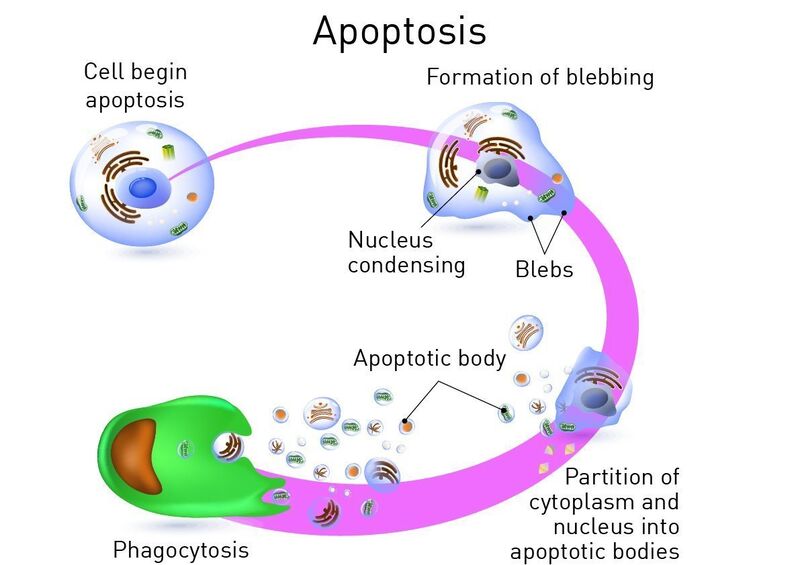
Apoptosis is a naturally occurring process in aging cells that kills themselves to prevent mutations from developing into cancer. In cancerous tumor cells, these apoptosis genes are also missing.
So if Myxosporeans did indeed evolve from a tumor, it would certainly be missing the same apoptosis genes. Of all the simple unicellular and multicellular organisms that Panchin’s team examined, coincidentally only Myxosporeans lacked these apoptosis genes.
“Even looking at simple animal parasites, we didn’t see the extent of the lack of cancer-related genes.“, he said.
However, this evidence is not enough to conclude that Myxosporeans are really an organism that evolved from a cancerous tumor. Because the lack of apoptosis genes on Myxosporeans and tumors could just be a coincidence, unless Panchin and his team demonstrated a causal mechanism between them.
Despite this, Aktipis contended that with the coincidence that Panchin discovered, “We should at least consider the possibility that some of the parasitic organisms we see today may have evolved from transmissible cancer.”
That means scientists should expand their search to include other simple multicellular organisms, not just Myxosporeans. “This article is a start to this quest”Aktipis said.
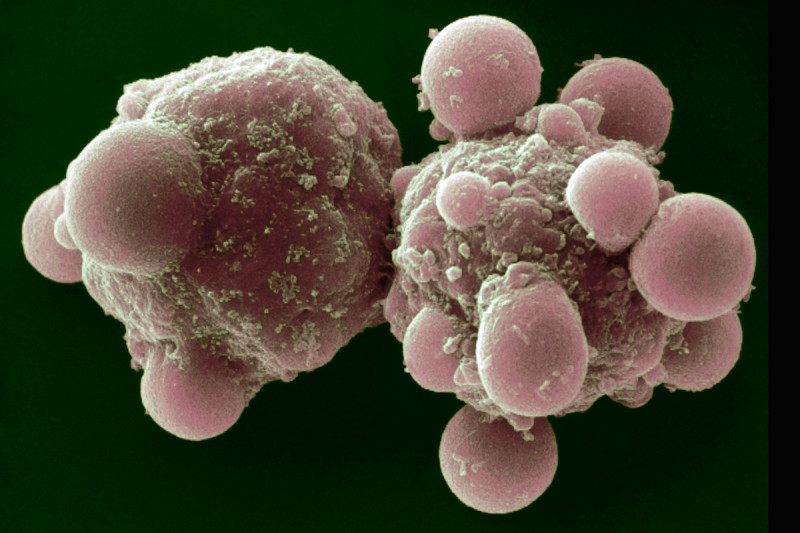
Even if the data ultimately shows that Myxosporeans are not an organism that evolved from cancerous tumors, Panchin notes that the Scandals hypothesis could still be possible with other species.
“We hope at some point some zoologist investigating other peculiar animals will say, “Perhaps those people were wrong about the Myxosporeans, but this creature, it’s clear. is an advanced cancer“.
Refer to Quantamagazine
